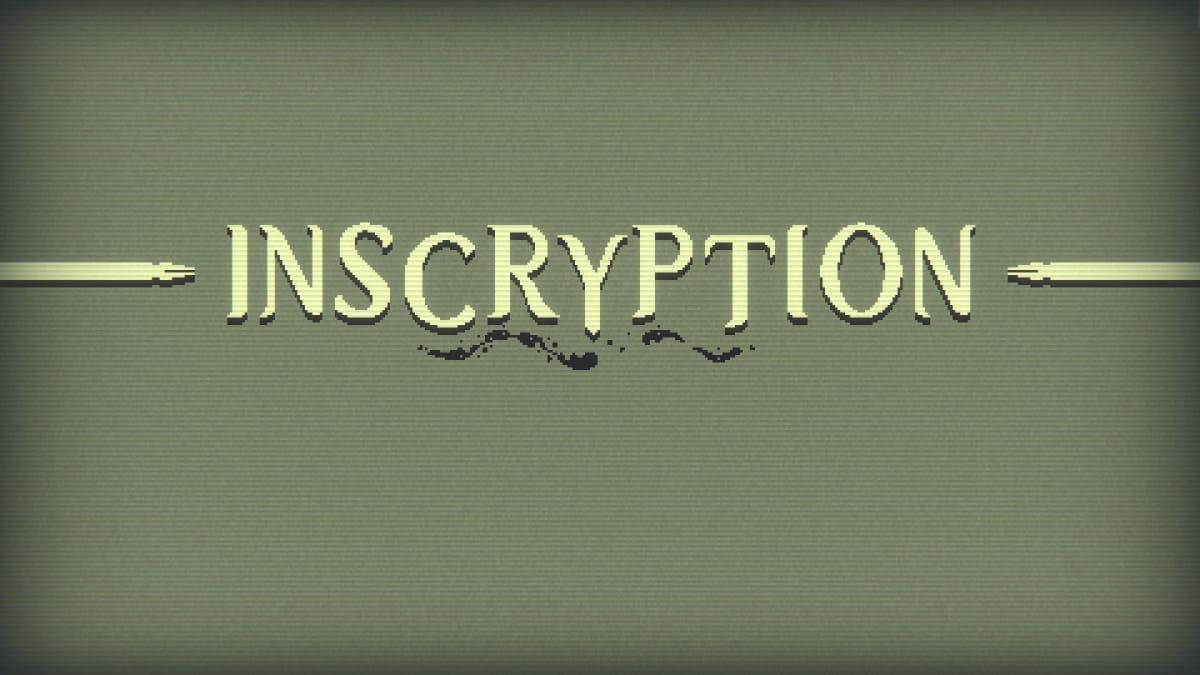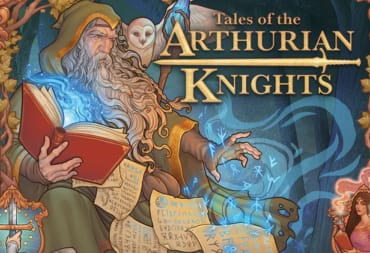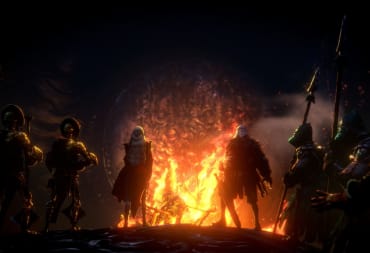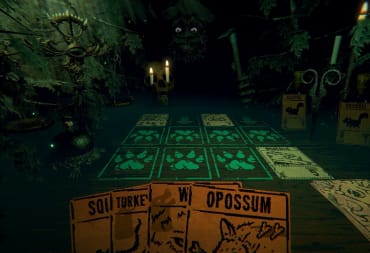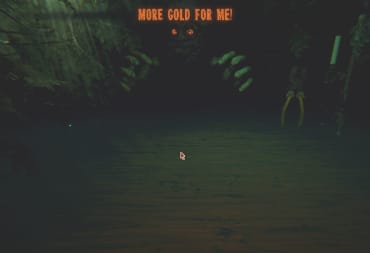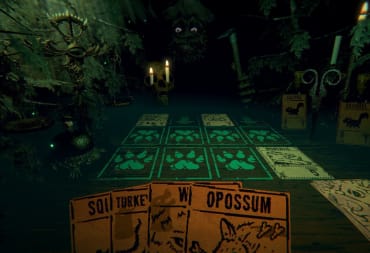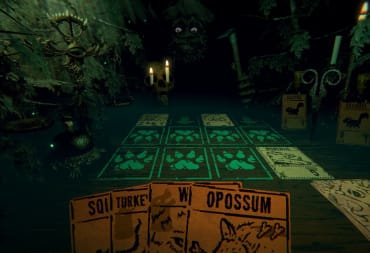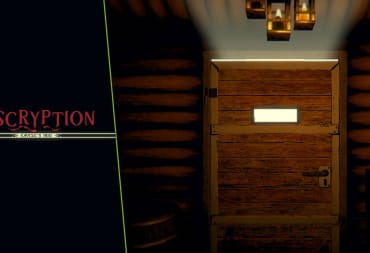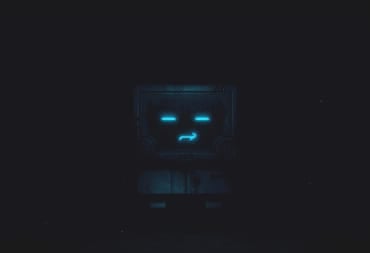Note: This review does contain minor gameplay spoilers for Inscryption. Read at your own discretion.
Inscryption is an infuriating game to explain in detail. It is not because of convoluted or poorly explained gameplay mechanics or questionable aesthetic choices - in many ways, this is Daniel Mullins' most ambitious and polished experience to date. No, it is because the game's fundamental story, overarching goal, tone, and even genre continue to morph, bend, and break the further you get into it, and to discuss any of these segments in any detail can rob the experience of its unpredictable chaotic energy.
If you wish to remain completely unspoiled, however, just know that Inscryption is one of the wildest horror games I've played this year and definitely worth your time. Just know that it's not exactly going to hold your hand so much as throw you into the deep end and expect you to learn fast.
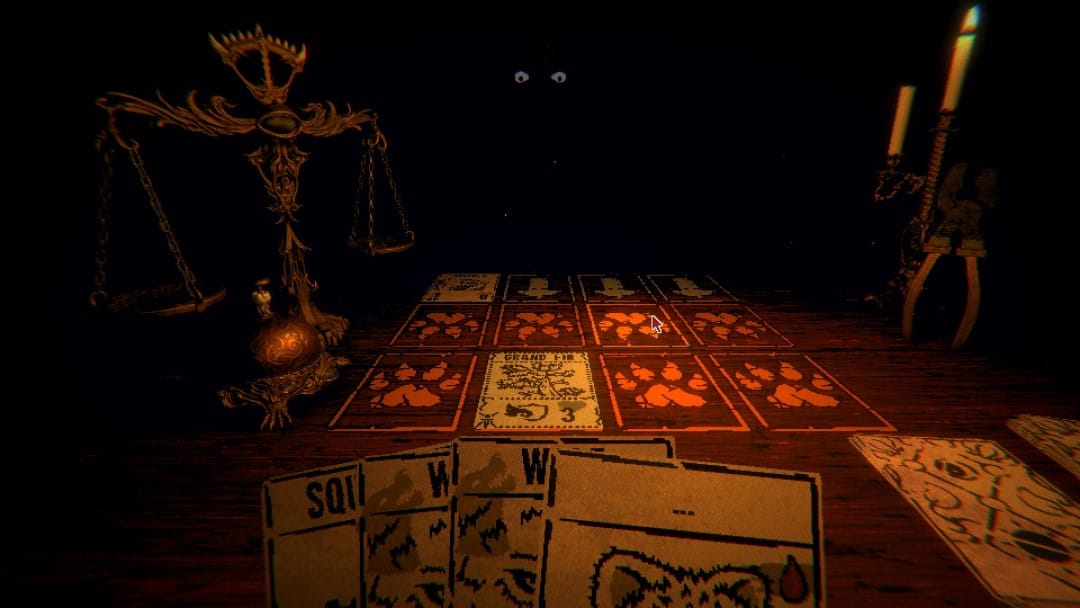
Cabin in the Woods
Inscryption starts with a straightforward, familiar premise. You are trapped in a cabin in the woods during a stormy night. Your only company is a mysterious dark figure in the shadows known only as Leshy. It is here that Leshy teaches you how to play a card game: in this case a weird mix of a deck-builder and scenario-driven narrative campaign. You'll learn how various card abilities work, creature types, strategies, and builds. You progress by moving forward on a map, triggering various encounters, obtaining new cards and power-ups, and eventually challenging boss battles.
Except for the entire time you're playing these games with Leshy, something seems off. At any point, you can get up from the table and explore the cabin. In doing so, you discover more sinister details about your predicament. Escape room-style puzzles are peppered throughout. You're rewarded for solving these puzzles with cards that give you cryptic warnings. Warnings that become more sinister the very first time you lose to Leshy and are dragged away to an unknown fate.
After what would be a final boss fight in any other game, Inscryption starts revealing several aces up its sleeve before completely flipping the table.
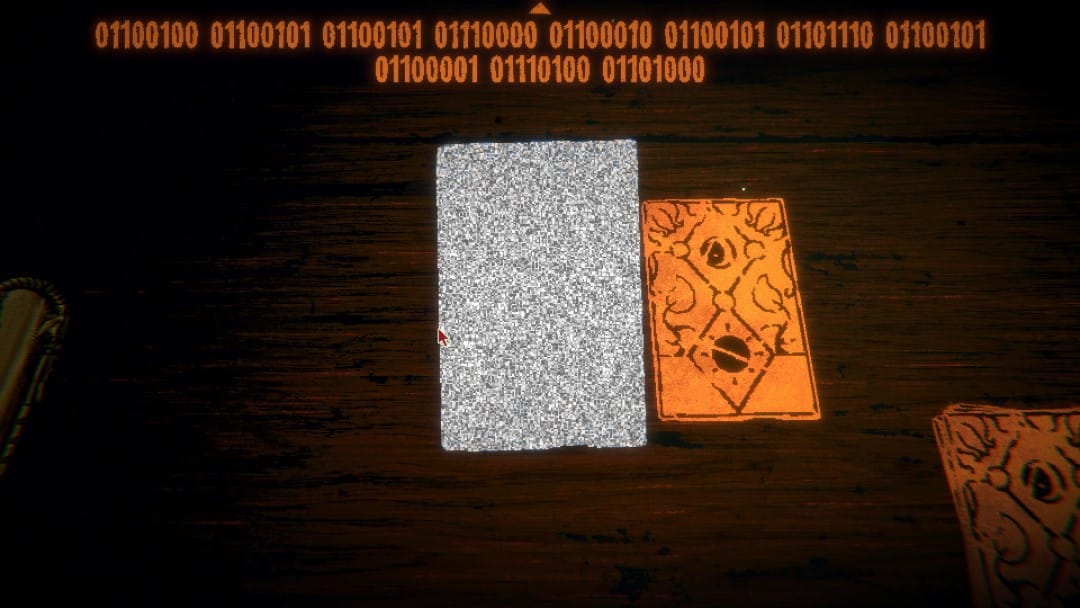
From this summary, Inscryption can easily be summarized as a deck-building roguelite. You put together a deck, go from encounter to encounter, try out different strategies and see how much further you can go before losing. Some of your progress carries over, you get a better grasp of the game's rules and mechanics and try again.
This is something that lead designer Daniel Mullins excels at: reframing the artifice of game design as eldritch horror.
That is true up to a point. While the goal is to beat Leshy at his own game through mastery and subversion of its rules, it doesn't stay that way. Characters and details begin to give you contradictory information. Audiovisual glitches begin to pop up. Cards made out of pure static start getting added to the loot pool. The power-ups you use to win become more and more gruesome such as ripping out teeth or plucking out eyeballs. While these elements by themselves are horror mainstays, it is in the gaps and margins that Inscryption's real unsettling terror lies.
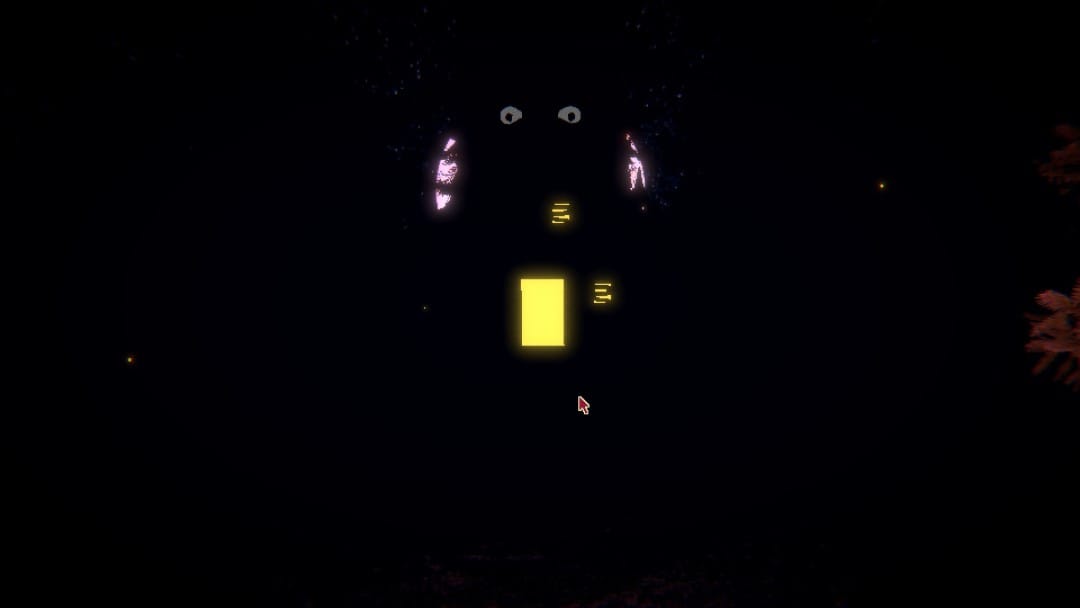
Your Move!
After what would be a final boss fight in any other game, Inscryption starts revealing several aces up its sleeve before completely flipping the table. The entire structure of the game changes, switching from an atmospheric and gruesome locked-room thriller into a retro horror card-based RPG.
The closest point of comparison I have for these sections is the Game Boy Advance game, Yu-Gi-Oh!: Reshef of Destruction. It has the hallmarks of a top-down RPG with encounters, boss fights, and some really clever puzzle-solving. but everything is resolved with the same card combat rules you learned at the beginning. In fact, the trial and error nature of the roguelite genre introduced in the cabin completely vanishes at this point. Better still, you have almost complete control over building your deck. The training wheels are off, and the game doesn't slow down until the credits roll.
Miraculously, this is not the last time that Inscryption completely changes. To reveal any more would ruin these plot twists so the less said the better. But what keeps the entire experience from turning into a muddled, Calvinball-esque descent into randomness is that the card game remains the focus. Additional mechanics, systems, and features are added on as you continue, but they're done at such a regular pace they feel like natural additions.
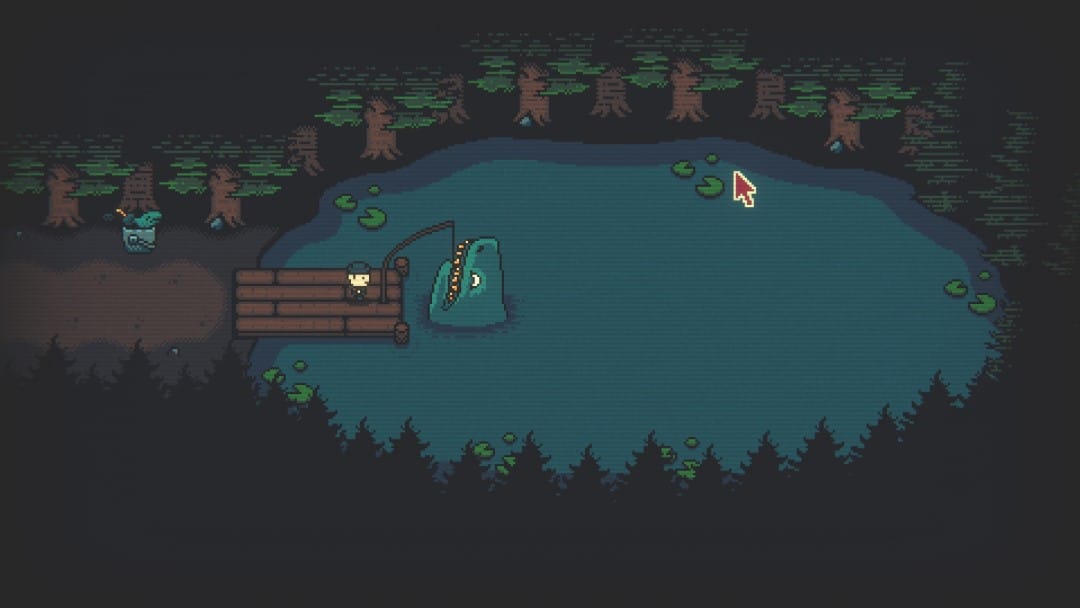
Resource Screwed
If there is an area where this constant goalpost moving and tonal whiplash can get too much it is with Inscryption's environmental puzzles. While the card game mechanics are slowly introduced, reinforced, and enhanced as you play, there are mandatory puzzle sections that range from clever to utterly asinine. There were a few times in a robot assembly factory (don't ask) where I was stuck on a puzzle for way longer than I care to admit. While the puzzle itself kind of used new card game mechanics, it still made me wish there was an alternate path.
Finally, I do want to touch lightly on story elements. As the events of Inscryption unfold, it changes multiple different genres. The opening act with Leshy is claustrophobic Appalachian horror, the second part is analog horror with the retro RPG sections. But these acts are broken up with small interludes with live-action footage, revealing increasingly sinister details about what is going on in the margins.
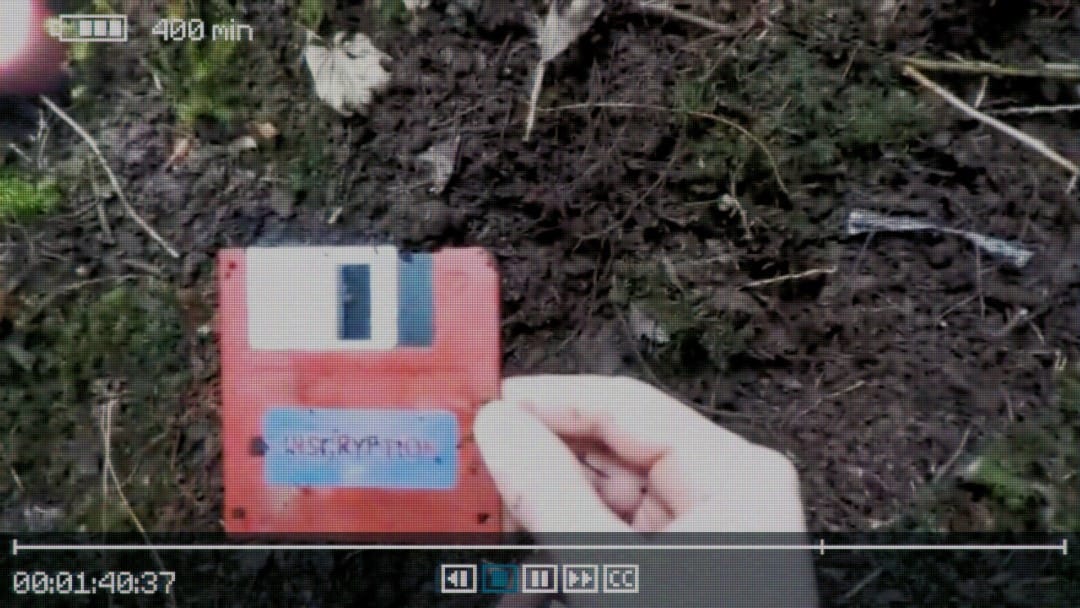
This is something that lead designer Daniel Mullins excels at: reframing the artifice of game design as eldritch horror. His 2016 indie debut, Pony Island, did this expertly. What starts as an adorable sprite-based game about cute ponies quickly spirals into a cursed video game that tricks players into selling their soul to the devil; the thin veneer of amateur hobbyist design giving way to phantasmagorical nightmare imagery.
While Inscryption plays a similar gambit throughout its runtime, the result is a little less effective. Part of this is the loss of novelty. Once you've experienced something like Pony Island, you're already expecting things to get weird with the follow-up. In addition, while the narrative spins multiple plates, the resolution is more scattershot. The story invokes conspiracy cover-ups, toxic social media pressure, industry abuse, and even found footage horror vignettes, all while introducing multiple new characters and antagonists. In a way, it is a truly heady mix of styles that makes the experience ripe for speculation and analysis. But once the credits rolled, I couldn't help but feel like several ideas and subplots were dropped or abandoned.
Inscryption Review Final Thoughts
Despite a messy story and some questionable puzzles, Inscryption is still an absorbing horror experience. It manages to be disturbing and unsettling even while teaching you the ins and outs of a robust card game. Not many games can balance teaching their players then immediately betraying their trust with breaking the fourth wall, but this game makes it seem effortless.
TechRaptor reviewed Inscryption on PC with a review code provided by the publisher.
Review Summary
Pros
- Accessible, Engaging Card-Based Gameplay
- Challenging Escape Room Puzzles
- Well-Handled Tone and Genre Shifts
Cons
- Messy, Unfocused Story
- Minor Annoying Puzzles
Have a tip, or want to point out something we missed? Leave a Comment or e-mail us at tips@techraptor.net
